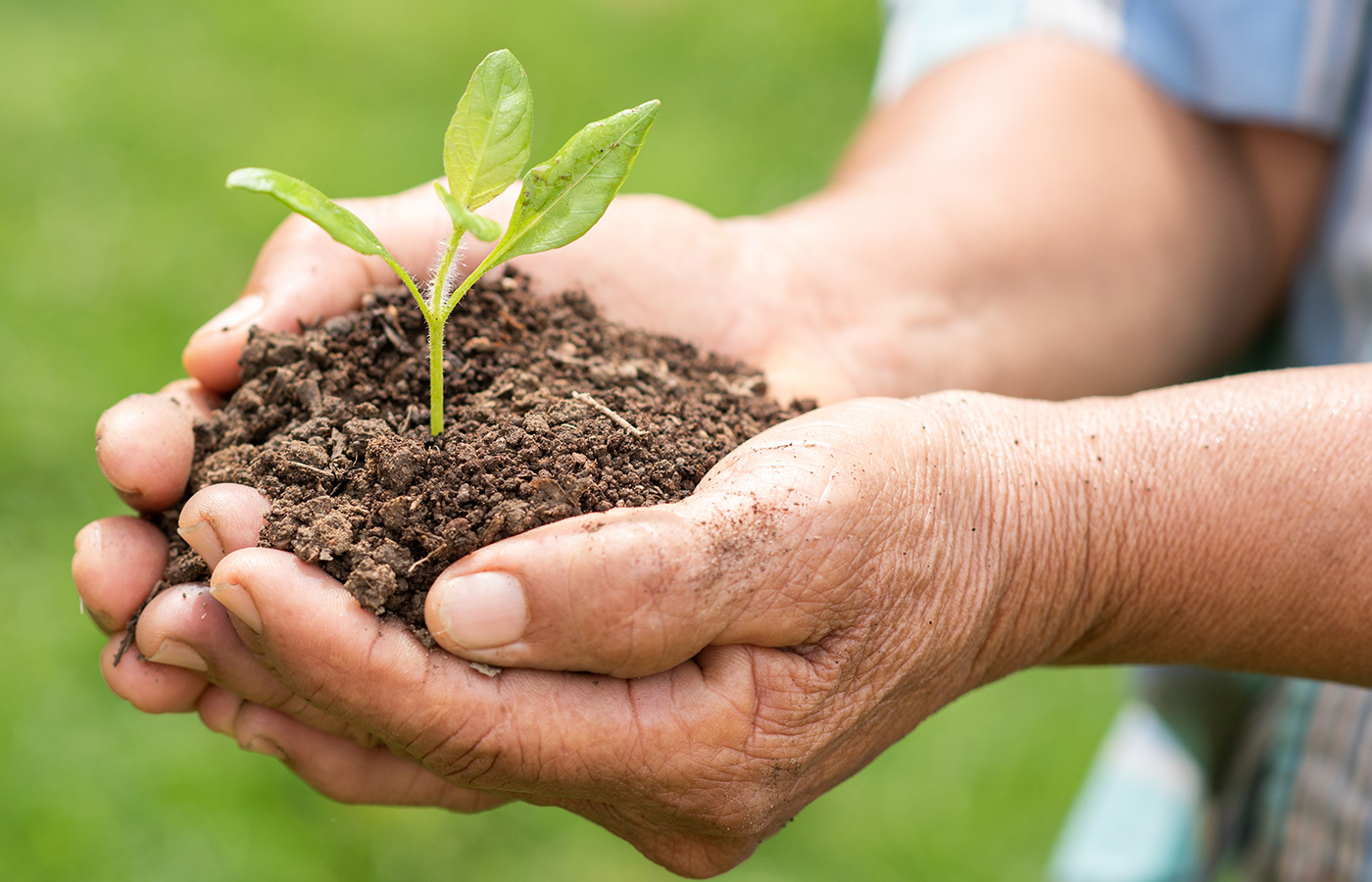-
 Gardenbiome - Micro
₹280.00 × 2
Gardenbiome - Micro
₹280.00 × 2 -
 Gardenbiome - Health
₹280.00 × 2
Gardenbiome - Health
₹280.00 × 2 -
 Gardenbiome - Growth
₹266.00 × 1
Gardenbiome - Growth
₹266.00 × 1
Subtotal : ₹1,386.00


